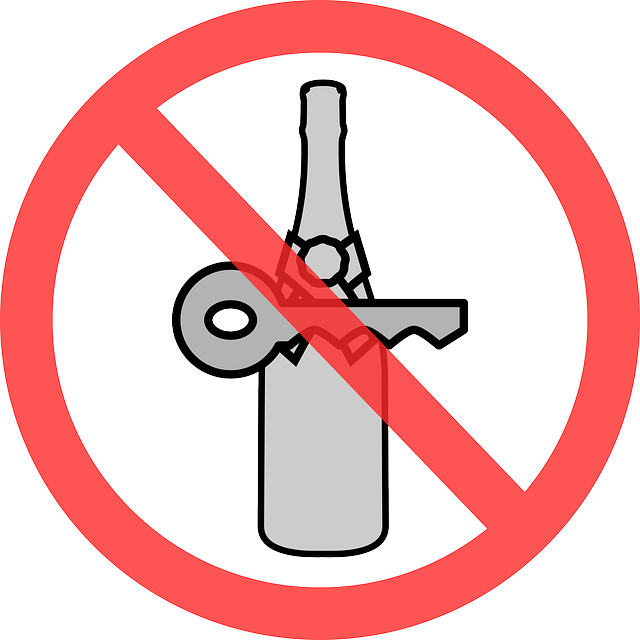Sober Living communities offer a structured, supportive environment focused on long-term recovery through personal growth, well-being, and accountability. These communities provide tailored resources like counseling, support groups, and healthy lifestyle programs to help members maintain sobriety. By fostering social skills, healthy coping mechanisms, and meaningful relationships, Sober Living acts as a safety net against relapse, empowering individuals to thrive in a sober lifestyle. Joining these communities involves connecting with support networks, attending orientation sessions, and actively participating in daily activities for successful transition and emotional well-being.
Discover the transformative power of Sober Living communities. This comprehensive guide explores what sober living is, its numerous benefits, and how to navigate the process effectively. From understanding the core principles to building a supportive network, we delve into the essential aspects of embracing a sober lifestyle. Learn why choosing a sober living community can be a game-changer for long-term recovery and personal growth.
- What is Sober Living?
- Benefits of Choosing a Sober Living Community
- Navigating the Process: Getting Started and Expectations
- Building a Supportive Network in a Sober Living Environment
What is Sober Living?
Sober Living refers to a lifestyle and community-based approach where individuals commit to living drug- and alcohol-free. It’s more than just abstaining; it involves actively fostering a supportive environment that promotes recovery, personal growth, and overall well-being. These communities are typically designed to provide a safe and structured setting for those in recovery, offering various resources and support systems to help residents maintain their sobriety.
The concept emphasizes creating a harmonious balance between enjoying life’s pleasures and practicing self-discipline. In a sober living space, individuals learn to navigate social situations, develop healthy coping mechanisms, and build meaningful relationships while staying true to their commitment to abstinence. It’s a supportive network where residents can find encouragement, accountability, and a sense of belonging as they work towards long-term recovery.
Benefits of Choosing a Sober Living Community
Choosing a Sober Living Community offers a multitude of benefits for those in recovery or looking to maintain sobriety. These communities provide a structured and supportive environment, free from substance abuse, that fosters personal growth and well-being. Members benefit from access to resources like counseling, support groups, and healthy lifestyle programs designed to enhance their recovery journey.
Living among peers who share similar goals creates a sense of belonging and accountability, reducing the risk of relapse. The community aspect encourages open communication and camaraderie, providing emotional support and a safety net during challenging times. Additionally, these communities often offer opportunities for education and skill-building, empowering individuals to thrive in a sober lifestyle.
Navigating the Process: Getting Started and Expectations
Navigating the process of joining a Sober Living community is an important step toward long-term recovery for many individuals. It’s crucial to understand what to expect from the very beginning. The initial steps often involve connecting with support networks, whether through referrals from treatment centers or local support groups. Many Sober Living programs offer orientation sessions where residents can learn about house rules, expectations, and available resources. This is also an opportunity to ask questions and gain clarity on the recovery journey ahead.
Expectations vary across different Sober Living communities, but they generally focus on fostering a safe and supportive environment. Residents are typically expected to actively participate in daily meetings, therapy sessions, and group activities that promote emotional well-being and personal growth. It’s important for newcomers to be open to these processes and to understand that recovery is an ongoing journey. Setting realistic goals and being patient with oneself can significantly contribute to the success of this transition.
Building a Supportive Network in a Sober Living Environment
Living in a sober environment is not just about abstaining from substances; it’s also about building a robust support network that fosters long-term recovery. This includes connecting with like-minded individuals who share similar goals, participating in group therapy sessions, and engaging in community activities that promote well-being. Such connections can provide emotional support, accountability, and encouragement, all vital elements for navigating the challenges of sobriety.
In a sober living community, residents have opportunities to develop meaningful relationships and learn from one another’s experiences. This sense of belonging can be incredibly powerful, acting as a safety net during difficult times and reinforcing the commitment to a drug-free lifestyle. Support groups, both within the community and externally, play a crucial role in helping individuals maintain their sobriety by offering guidance, resources, and a sense of camaraderie.
Sober Living offers a transformative path towards recovery and personal growth. By embracing a supportive community, individuals can navigate their journey with renewed hope and resilience. The benefits are clear: from structured environments to fostering connections, these communities empower residents to thrive. Through understanding the process and building meaningful support networks, one can unlock the full potential of Sober Living, paving the way for lasting change.

